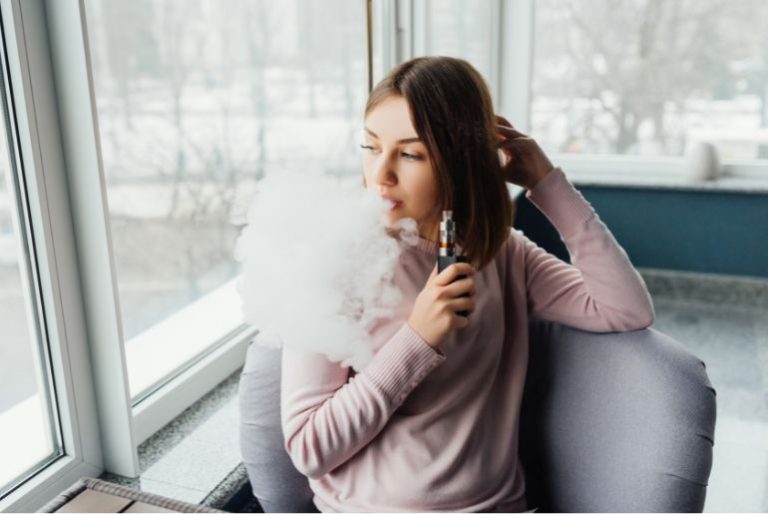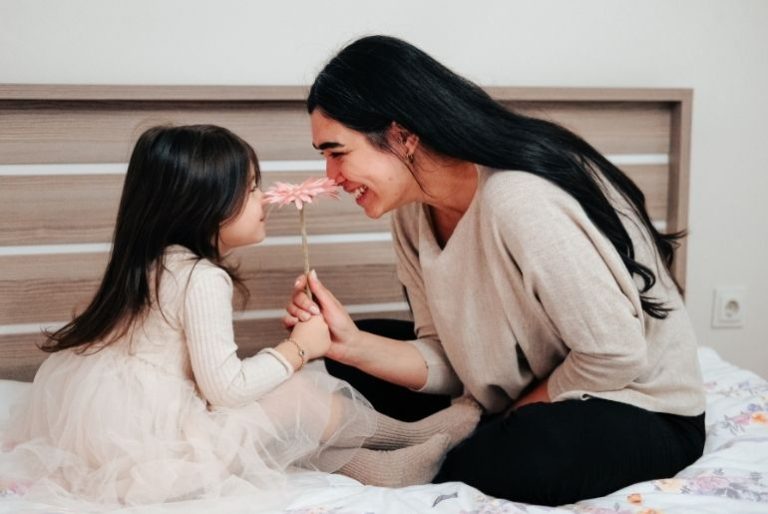The NZ Orthopaedic Association President Professor Geoffrey Horne, said the predicted burden of osteoporosis on the NZ health system generated by the over 60s was alarming. The numbers of people affected by osteoporosis in New Zealand will increase by an amazing 201 percent in the next 50 years. Women have a four-times greater risk of developing osteoporosis than men, with post-menopausal women at greatest risk.
Osteoporosis (and osteopenia ) is the most common metabolic bone disease in New Zealand. One in four NZ women and one in eight men over the age of 50 of Caucasian or Asian descent will eventually develop osteoporosis. Taking into account our increasing population, the incidence of hip fractures has increased three-fold from 1950 to 1987. Furthermore, it is estimated that 40% of women and 13% of men over 65 will experience a fracture with the inevitable impairment to quality of life. Almost one third of elderly women in this country will end up in a hospital due to a hip fracture. Between 12 and 20% of hip fracture victims die shortly after fracture, usually from complications related to either the fracture or surgery.
Early warning signs of Osteoporosis
Osteoporosis is what we call an “end-stage” disease, caused by a chronic disruption of skeletal-bone metabolism. It takes time to develop, and like going bankrupt, it doesn’t tend to happen overnight. Significant contributors to this degenerative process include nutritional, hormonal, physical, lifestyle, but also, no doubt, genetic and environmental factors.
In osteoporosis, just like in high cholesterol and blood pressure, there is a long, quiet, symptomless period before clinical symptoms appear. Although the entire skeleton may be involved in osteoporosis, bone loss is usually greatest in the spine, hips and ribs. Since these bones bear a great deal of weight, they can become susceptible to pain, deformity and fracture. My mother complained of a low grade nagging back and neck pain in her late 60s.
Early warning signs include spinal bone pain, chronic low-grade back and leg pain, bone fractures from trivial injuries such as minor falls, bone loss in the jaw and tooth sockets (bone draws away from teeth, causing them to loosen or even fall out), tooth pain, facial tics, some vision problems including poor depth perception, and excessive loss of height or noticeable decline in posture with increasing age.
My mother suffered with osteoporosis in her advancing years, and by the time she was in her late sixties her bone density was not the best at all. Mum’s condition was caused by her diet and her lifestyle to a degree (she smoked for many years); she absolutely loved coffee and would drink between five to seven cups of strong coffee a day as many Dutch people do. Her diet was devoid of sufficient calcium as she drank no milk because it caused her to develop too much catarrh and mucus. Mum went on a brief holiday and at a caravan park tripped over a small tree root resulting in two broken ribs and a broken wrist. I have seen patients who break ribs just by coughing or laughing, no laughing matter. The writing was on the wall, but unfortunately any suggestions for mum to reduce her coffee fell on deaf ears.
At 78 years of age, mum had a fall as she went from her hospital bed to the toilet. This resulted in a broken hip, something which too many elderly people succumb to in many developed countries around the world. Mum did survive the operation, but unfortunately passed away with a second stroke not long after.
I don’t believe that mum’s lifestyle was at fault; after all she would go to the gym several times a week for many years and lead a very active life, more active than most in fact. She understood the concept of weight-bearing exercise to ward off osteoporosis, but could not stop that regular cup of coffee. The percolator was always on in her house, just like it did in my grandparent’s house as well; both my grandparents drank too many cups of short black daily. My grandmother passed away with a hip fracture at 80. Mum’s diet was good, I had taught her the value of good nutrition over twenty years ago.
I believe mum’s problems stemmed from her genetics, her hyperthyroidism and all those endless cups of coffee, a beverage which is acidic. Acid forming foods and drinks tend to cause bone loss by way of stimulating a higher bone turn over. Calcium is released regularly to “buffer” or reduce the acidity of the blood. This results in time to a lower bone density, regardless of how much calcium you consume. Kidney stones are also caused this way, and my grandfather had many kidney stones removed.
Osteoporosis is best prevented by ensuring the person has a diet rich in all the minerals and trace elements and has a diet which is more on the alkaline rather than acid side.
The most common Causes & Risk factors:
Nutritional
- High animal protein intake
- High caffeine and drinking soft-drinks (phosphate containing drinks are “bad to the bone”
- High salt and sugar intake
- Low mineral intake (Magnesium, Calcium, Vitamin D, Boron, Manganese, Copper, & many others)
Drugs
- Steroid medications
- Thyroid replacement drugs
- Lithium, Heparin
- Chemotherapy
- Extended Tetracycline (antibiotic) use
- Aluminium containing antacids such as Mylanta or Gavascon
- Some diuretic drugs which increase calcium urine excretion
Lifestyle Factors
- Smoking
- Excess alcohol intake
- Being inactive
- Poor sunlight exposure
- Not having had any children
Genetic Factors
- White or Asian ethnicity
- Female sex
- Small body frame
- Positive family history
Medical Problems
- Hyperthyroidism,Hyperparathyroidism
- High homocysteine (get this checked!)
- Cushing’s syndrome,Type 1 Diabetes
- Rheumatoid arthritis,Ankylosing spondylitis
- Connective tissue disorders
- Malabsorption,Early menopause
- Poor adrenal function
- Liver disease, Kidney disease
- Amenorrhea (no periods)
- Oophorectomy (Ovaries removed)
- Anorexia nervosa, Bone marrow problems, tumours
Click through to read Eric’s Osteoporosis – Prevention & Treatment article





